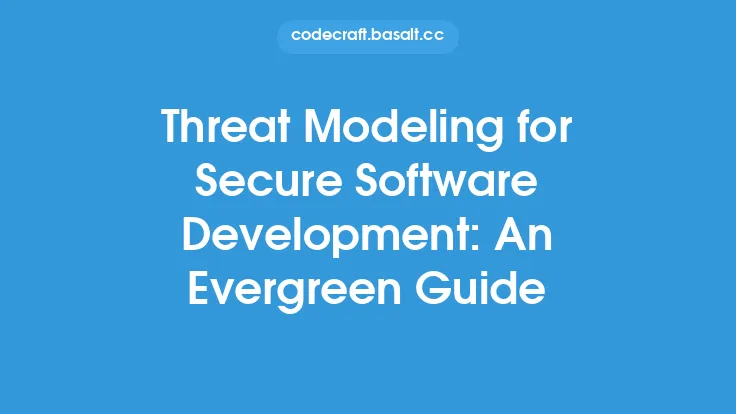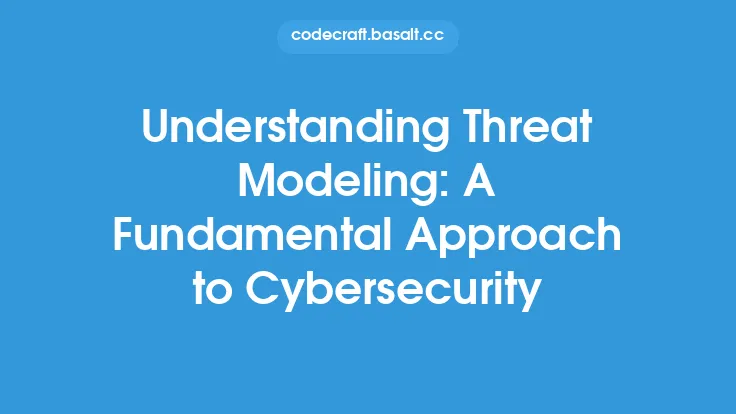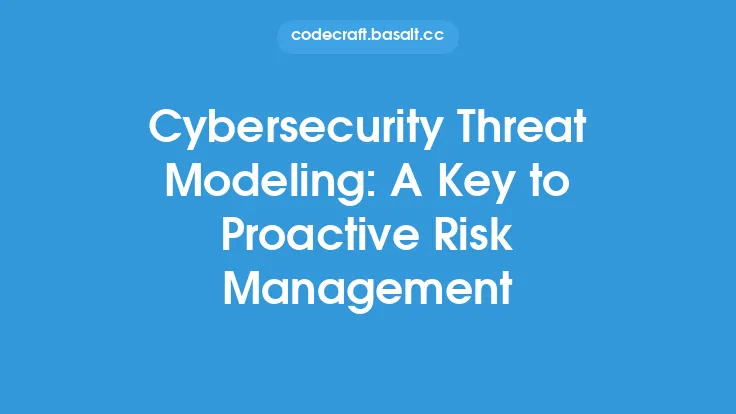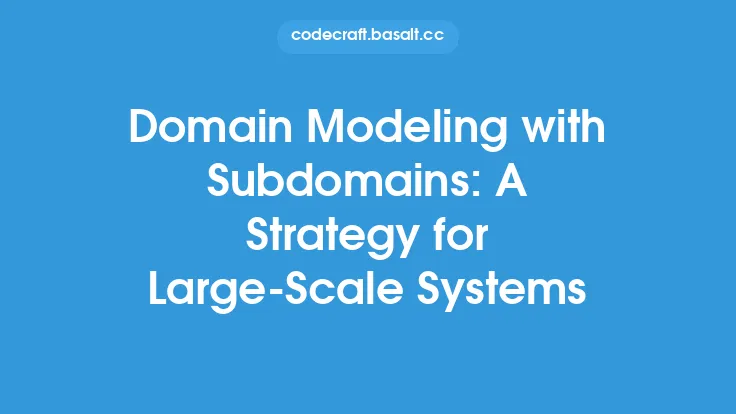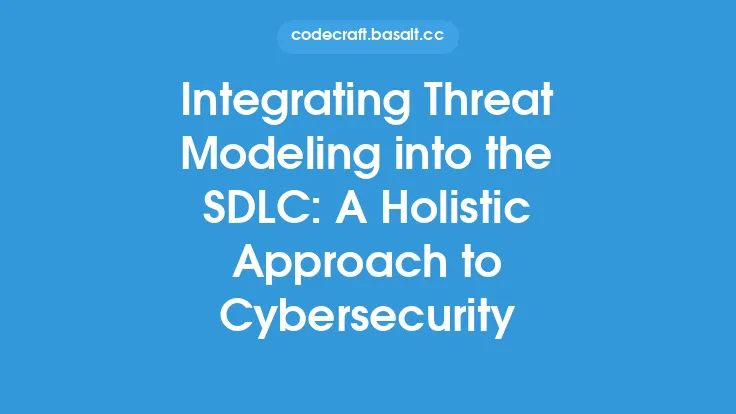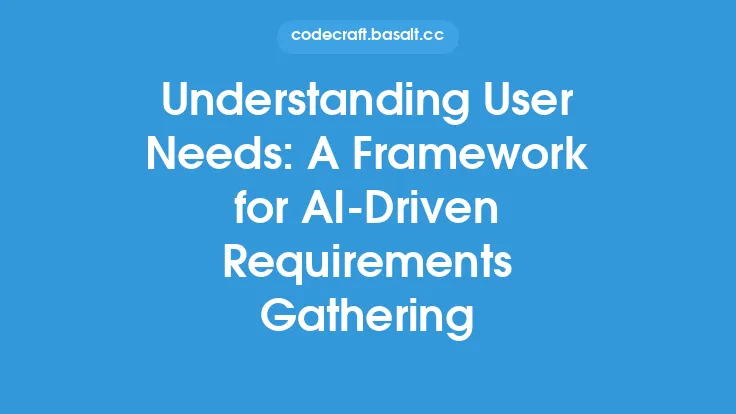As technology continues to evolve at a rapid pace, the cybersecurity landscape is becoming increasingly complex. Emerging technologies such as artificial intelligence, blockchain, and the Internet of Things (IoT) are introducing new attack surfaces and vulnerabilities that threat actors can exploit. To stay ahead of these threats, it's essential to adopt a forward-looking perspective on threat modeling. This involves anticipating potential threats and vulnerabilities in emerging technologies and developing proactive strategies to mitigate them.
Introduction to Threat Modeling for Emerging Technologies
Threat modeling for emerging technologies requires a deep understanding of the underlying technology, its potential vulnerabilities, and the potential threats that it may face. This involves analyzing the technology's architecture, identifying potential attack surfaces, and developing threat models that can help anticipate and mitigate potential threats. Threat modeling for emerging technologies is a continuous process that requires ongoing monitoring and evaluation to ensure that the threat models remain relevant and effective.
Threat Modeling Techniques for Emerging Technologies
There are several threat modeling techniques that can be applied to emerging technologies, including:
- Attack tree analysis: This involves creating a tree-like diagram that illustrates the various ways in which an attacker could exploit a vulnerability or attack surface.
- Fault tree analysis: This involves creating a diagram that illustrates the various ways in which a system or technology could fail, and the potential consequences of those failures.
- Threat agent risk assessment: This involves identifying potential threat agents, such as hackers or nation-state actors, and assessing the risks that they pose to the technology or system.
- Vulnerability assessment: This involves identifying potential vulnerabilities in the technology or system, and assessing the risks that they pose.
Applying Threat Modeling to Emerging Technologies
Threat modeling can be applied to a wide range of emerging technologies, including:
- Artificial intelligence: AI systems can be vulnerable to attacks such as data poisoning, model inversion, and adversarial examples. Threat modeling can help anticipate and mitigate these threats.
- Blockchain: Blockchain systems can be vulnerable to attacks such as 51% attacks, smart contract vulnerabilities, and wallet vulnerabilities. Threat modeling can help anticipate and mitigate these threats.
- Internet of Things (IoT): IoT systems can be vulnerable to attacks such as device hacking, data breaches, and denial-of-service attacks. Threat modeling can help anticipate and mitigate these threats.
Best Practices for Threat Modeling Emerging Technologies
To get the most out of threat modeling for emerging technologies, it's essential to follow best practices such as:
- Continuously monitor and evaluate: Threat models should be continuously monitored and evaluated to ensure that they remain relevant and effective.
- Collaborate with stakeholders: Threat modeling should involve collaboration with stakeholders from across the organization, including developers, security teams, and business leaders.
- Use a risk-based approach: Threat modeling should use a risk-based approach that prioritizes the most critical threats and vulnerabilities.
- Consider the entire attack surface: Threat modeling should consider the entire attack surface, including hardware, software, and human factors.
Common Challenges and Limitations
Threat modeling for emerging technologies can be challenging, and there are several common challenges and limitations that organizations may face, including:
- Lack of visibility: Emerging technologies can be complex and difficult to understand, making it challenging to identify potential threats and vulnerabilities.
- Limited resources: Threat modeling can require significant resources, including time, money, and expertise.
- Evolving threat landscape: The threat landscape is constantly evolving, making it challenging to stay ahead of emerging threats and vulnerabilities.
- Integration with existing systems: Emerging technologies may need to be integrated with existing systems, which can create new vulnerabilities and attack surfaces.
Future Directions and Emerging Trends
The field of threat modeling is constantly evolving, and there are several future directions and emerging trends that organizations should be aware of, including:
- Artificial intelligence-powered threat modeling: AI-powered threat modeling can help automate the threat modeling process, making it faster and more effective.
- Cloud-based threat modeling: Cloud-based threat modeling can provide greater scalability and flexibility, making it easier to model complex systems and technologies.
- DevSecOps integration: Integrating threat modeling into DevSecOps practices can help ensure that security is built into the development process from the outset.
- Quantum computing: Quantum computing has the potential to significantly impact the field of threat modeling, making it possible to simulate complex systems and anticipate potential threats and vulnerabilities.
